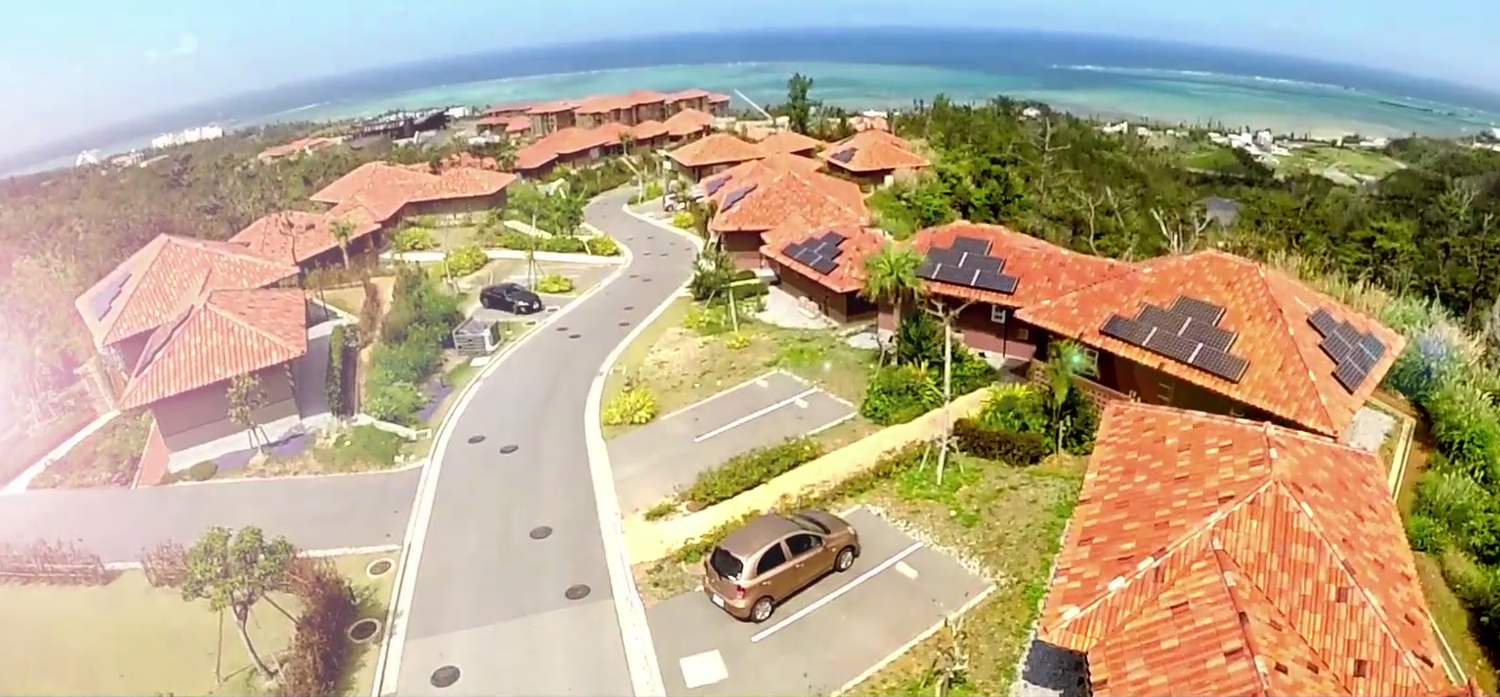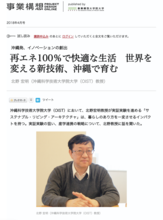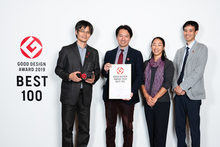Integrated Open Systems Unit (Hiroaki Kitano)

Unit outline
Sustainable Living Architecture
Our objective is the development of new paradigms and suitable technology that ensure sustainable infrastructure is among the major items of the UN Sustainable Development Goals (SDGs). The vision of Integrated Open Systems Unit is to contribute to the achievement of these goals by focusing on AI aided Sustainable Living Architecture (SLA). Its particular challenge is to develop intelligent distributive infrastructure based on sustainable technology, that can in its minimal form be installed even in areas without initial infrastructure, but at the same time easily be scaled up to a living standard level comparable to that of Tokyo or Singapore.
However, developing and maintaining complex systems is a formidable challenge that calls for careful design as well as a dynamically adapting management system that is flexible enough to cope with changes in system configuration as well as unexpected perturbations. This requires sophisticated simulations, machines learning and mathematical optimization as well as control strategy generation, but most importantly, data these methods are based on.
As foundation for the above aim, we have thus over the past four years, established collaborations with multiple industrial partners from Okinawa and mainland Japan and have together developed a fundamental, sustainability related experimental infrastructure on the OIST campus. It consists in a distributive microgrid based on solar panels (Sony CSL, OESE, Okisoko), which allows consumers, who are at the same time energy producers to exchange energy in order to more sufficiently bridge peak consumption and production times, battery management systems, electric vehicles with and without exchangeable batteries (PUES, Sony Mobile) as well as a zero-energy home (MISAWA). Besides the uniqueness of the system itself, out project one of the longest continuous field studies on inhabited microgrids.
We have equiped all sites with IoT technology in order to monitor and maintain the system, but most importantly to store various parameters of the system. We thus are able to observe phenomena and develop algortihms on data that are so far only available to our unit. In the future, Integrated Open Systems Unit aims to provide the pivotal hub for SLA simulation and machine learning technologies for predictive SLA optimization and resilience enhancement.
Main Goals 2009 - 2017 (Open Biology Unit http://ios.unit.oist.jp/index.html):
Modeling and AI in Systems Biology
We aim to develop novel software platforms and computational forms of biological knowledge (models and active knowledge-bases) of budding yeast, cancer cells, and developmental/reprogramming pathways, which takes full advantage of recent advances in information science. The software platform developed will be a next generation information infrastructure for biological science, enabling development of self-sustainable, scalable, and coherent biological models and knowledge sources. “Self-sustainable” means that the system (software and its operation) can be enriched by continuous participations of users, contributors, and business entities. “Scalable” means that the system can grow to describe and execute very large models, such as whole cell models or whole human models, in the future without substantial change of its basic architecture and mode of operation. “Coherent” means a group of software functions in a consistent manner using defined standards and protocols. Such platform shall be able to aggregate, integrate, and execute biological knowledge. It shall be noted that “execution” means that, at some point in the future, dynamical simulation of biological system can be attained through a body of knowledge encoded in the computational platform. Any change in knowledge is automatically reflected in the simulation. Evolution of computational platforms toward this goal benefits basic biological research and encourages industrial use of biological knowledge by pharmaceutical and biotech companies.
See http://ios.unit.oist.jp/software/index.html for details and readily available software (eg PhysioDesigner)
Latest Posts
-
Sustainable Living Architecture - Innovation in Okinawa
Interview with Professor Kitano:
https://www.projectdesign.jp/201804/okinawa-innovation/004764.php
Good Design Award 2019
The vision of a sustainable living architecture based on community sharing with microgrid, EVs with exchangeable batteries and sustainable living was placed under the Best 100 in the Good Design Awards 2019.
Together with our collaborators Misawa R&D and Sony CLS, this concept also received a Good Focus Award (on Twitter, JPN).






